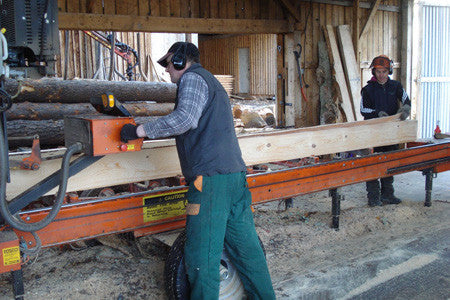What would your guess be in answer to that question?
It would probably be natural to assume that workers in a sawmill have a higher risk of injury because of all the dangerous and heavy duty equipment that is used in that job. However, you may be surprised to learn that workers in meat and grocery markets have just as much, if not more risk.
A couple of years ago, OSHA began mandating that workers report severe injuries that took place on the job. Upwards of 100 hand injuries have happened in meat markets since that mandate began, while almost half that many took place in sawmills.
Why are Meat Markets Dangerous?
The food slicer that is used in delis and meat markets poses significant risk to workers if they are not cautious. On most slicing machines, there are two areas where the blade is exposed. It is important that workers are aware of this and never put their hands or fingers near the blade, whether or not it is actually spinning. They should also always use a plunger or guard when feeding meats through the blade. It is also very important to never place hands beside the food shute, even to save time. On moth machines, when the hand is by the food shute, you cannot see your hand or the blade, therefore it is easier to get your hand caught by the blade.
The same goes for meat grinders. Proper plungers should always be used when feeding meat into the grinder to ensure that the worker’s hand never comes in contact with the auger inside the machine.
One of the reason that meat markets and grocery stores have a higher rate of hand injury is because the main demographic of people who work at these places are young high school students and college students. Not that age alone has anything to do with this, but they tend to have less training on these machines.
One of the easiest ways to minimize injury is by ensuring that workers wear the proper cut resistant gloves. Often chain mail or steel enhanced work gloves will do the trick. It is also important that employees understand the severity of the risk so that they are willing to comply with safety measures. Regular training on machines being used is important, so that workers can understand how the mechanisms work and know how to handle it safely.




